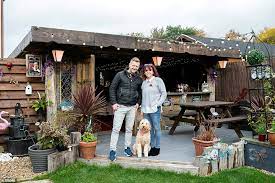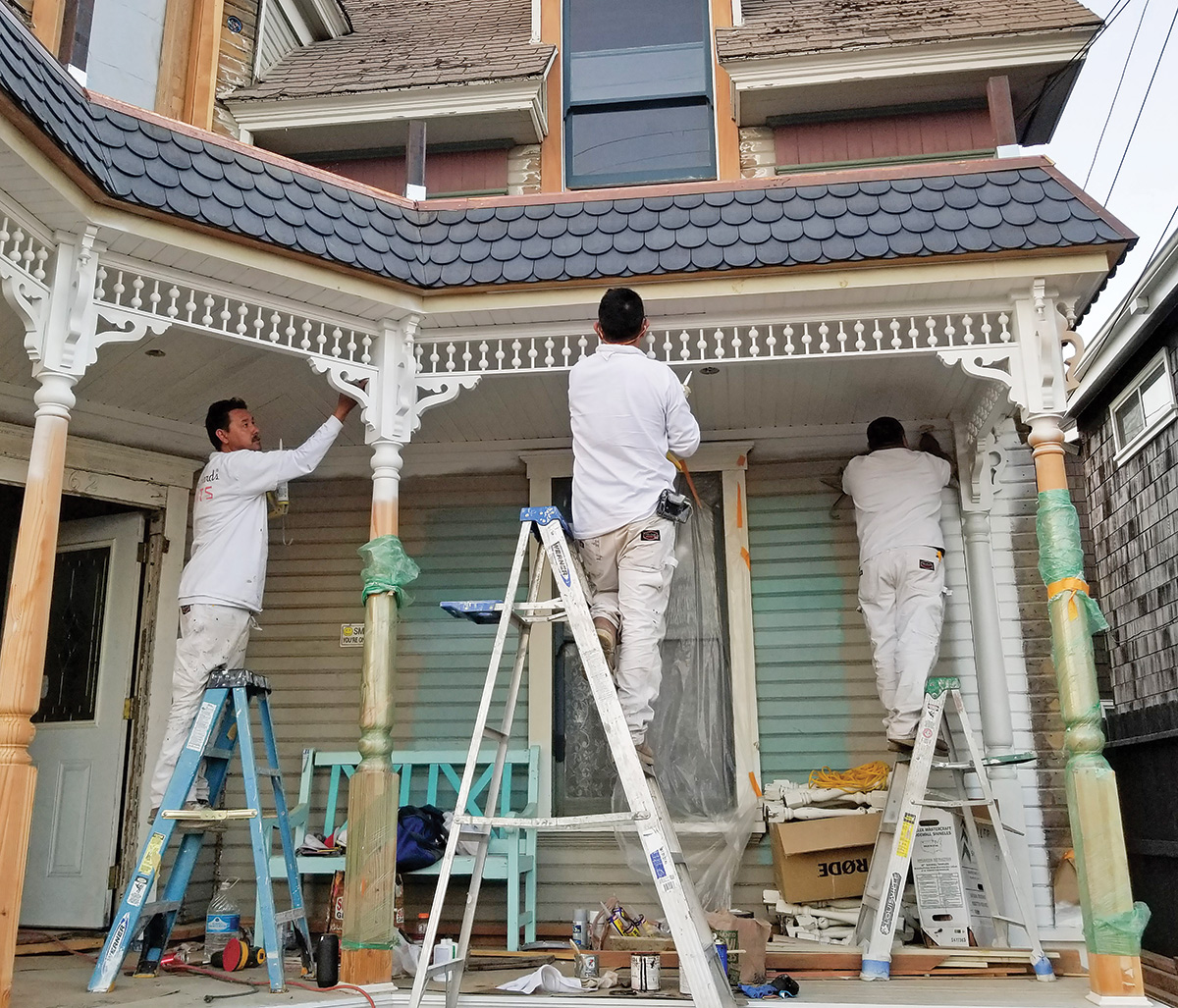How Adaptive Reuse Can Help Solve the Affordability Crisis
In the war of words, policies and proposals aimed at solving America’s ongoing housing crisis, much of the fighting has centered around the all-important Development Question: whether new construction alone can bring down prices, or whether aggressive regulation is needed to control costs. Somewhat neglected in all the back and forth is a slight yet essential twist on the first option—whether existing buildings, ones already standing but un- or under-utilized, can be effectively transformed into residences, adding more units to the market without the ecological and social disruptions of building anew.
A lot of it has to do with updating the systems in the buildings, how to distribute new wiring and plumbing and mechanicals, all without disrupting the historic structure. We’re usually following some sort of sustainability metric, and that means adding insulation, new power plants, everything. We work with contractors early on to do investigative work, poke around, selectively deconstruct portions of the structures to understand how they’re built and make sure we make the right moves.
In 2019, we completed Harvest Commons, a conversion of a beautiful Art Deco hotel from the late 1920s [on the West Side of Chicago] that had been empty for over a decade. I was walking down the street shortly after it opened, and a man said to me, "This building is like Rip Van Winkle! It was asleep, and now it’s waking up." That’s the power of adaptive reuse housing projects, the way they can breathe life back into a neighborhood. Their effects go so much further than the property line.
Dwell Magazine Ian Volner August 25, 2022


